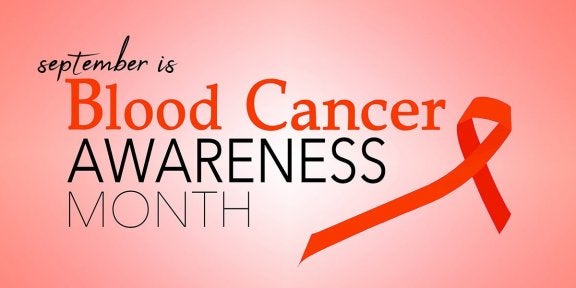National Blood Cancer Awareness Month

During September, National Blood Cancer Awareness Month sheds light on the cancers that affect the blood and lymphatic systems.
The observance focuses its attention on all blood cancers, including leukemia, lymphoma, multiple myeloma, and myelodysplastic syndromes. By raising awareness, the goal is to inform the public about the causes of blood cancers, how to identify the symptoms, available treatments, and progress made through research.
Blood cancers affect white blood cells or in some cases, red blood cells, or platelets. While no effective screening exists, knowing the symptoms and risk factors help to understand when to see a doctor.
Symptoms include:
- lymph node swelling
- fatigue that persists
- night sweats
- fever
- difficulty catching breath
- unexplained weight loss
Risk Factors:
- family history
- genetic disorders
- smoking
- exposure to radiation or chemotherapy
- people with HIV, those taking immune-suppressing drugs
- people with Epstein-Barr
Leukemia survival rate quadrupled since 1960. However, in the United States, 14,000 people are diagnosed with blood cancers every month. Depending on the type of cancer, the survival rate varies. Hodgkin’s lymphoma, for example, has a much higher survival rate and is diagnosed less often. Conversely, non-Hodgkin’s lymphoma will be diagnosed more often and will have a lower expectation of survival.
Even though survival rates continue to improve, someone in the United States dies from a blood cancer every 9 minutes. In the United States, nearly 10% of the people who die from cancer, die from blood cancer.

